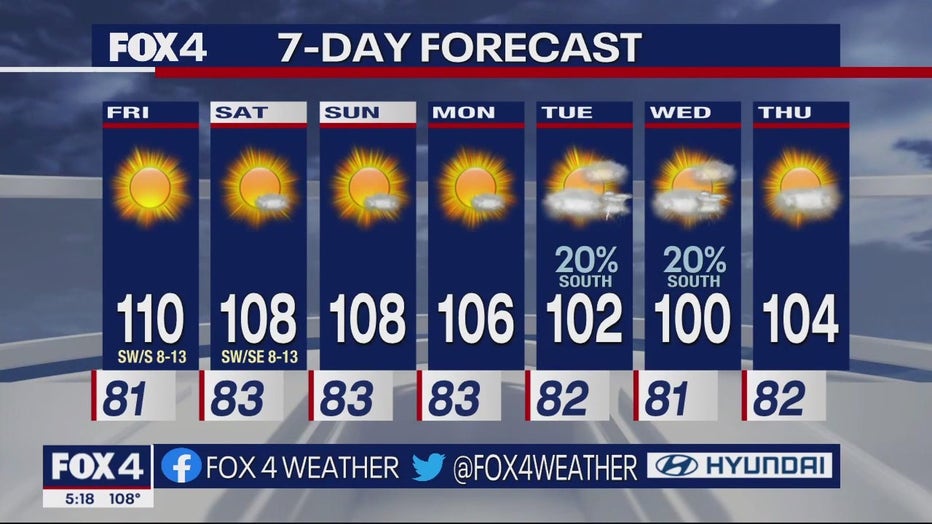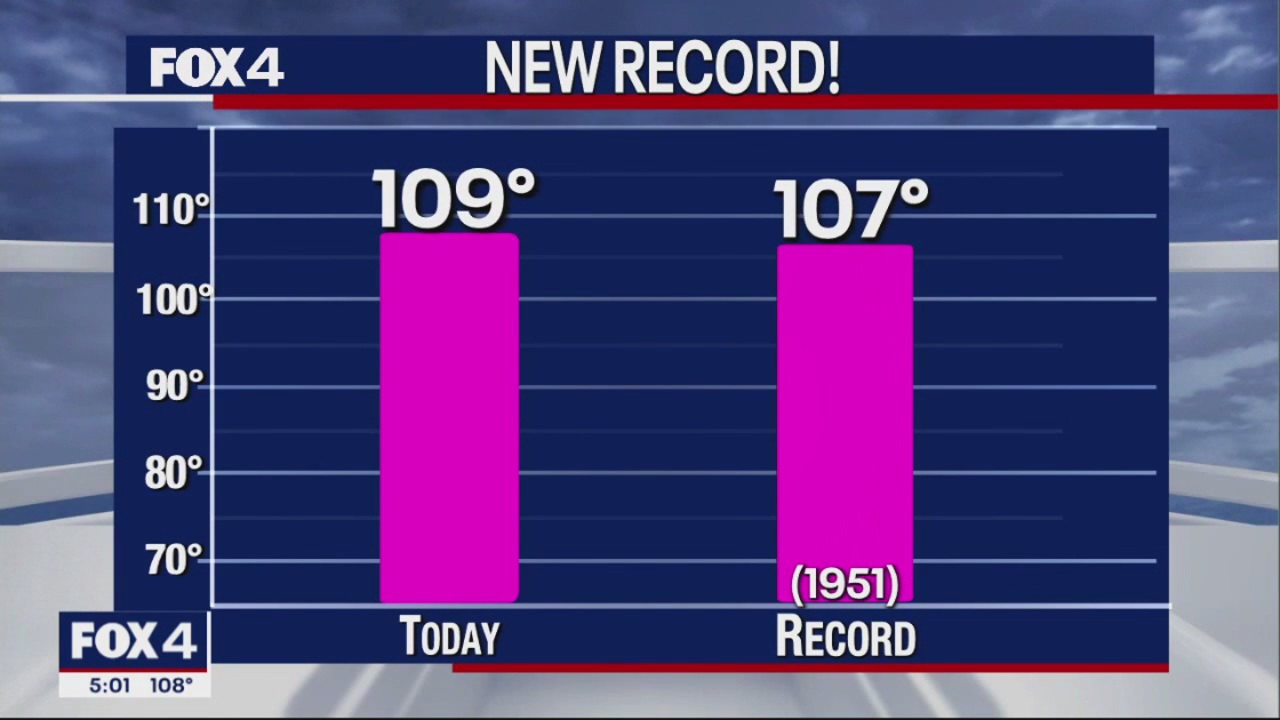Dallas, Texas, is known for its vibrant culture, booming economy, and diverse population. However, one significant aspect of life in this bustling city that often goes underappreciated is the weather. The climate in Dallas can be both a blessing and a curse, influencing everything from daily commutes to outdoor activities, and even health considerations. This article explores the weather in Dallas and its profound impact on the daily lives of its residents.
Understanding Dallas Weather
Dallas is situated in a humid subtropical climate zone, characterized by hot summers and mild winters. The city experiences a variety of weather conditions throughout the year, including:
- Summer (June to August): Extremely hot, with average temperatures often exceeding 95°F (35°C), and occasional heat waves pushing temperatures even higher.
- Fall (September to November): Mild and pleasant, with temperatures gradually decreasing. This season often sees beautiful fall foliage.
- Winter (December to February): Generally mild, with average lows around 34°F (1°C). Snow is rare but possible in January and February.
- Spring (March to May): A transitional season with warm temperatures and increased rainfall, often leading to severe thunderstorms.
According to the National Weather Service, Dallas receives an average annual precipitation of about 37 inches, with May typically being the wettest month. The city’s weather patterns can sometimes lead to extreme events, including tornadoes and severe thunderstorms, particularly in the spring.
Summer Heat and Its Consequences

The intense summer heat in Dallas significantly affects daily life. Residents must adapt their routines to cope with high temperatures, leading to several notable consequences:
- Outdoor Activities: Many outdoor events, from sports to festivals, are often scheduled in the evenings or early mornings to avoid the midday heat. For example, the Dallas Arts District hosts evening events to encourage participation without the discomfort of the heat.
- Health Risks: Prolonged exposure to high temperatures can lead to heat-related illnesses, such as heat exhaustion and heat stroke. Vulnerable populations, including the elderly and young children, are particularly at risk. The Dallas Health Department often issues heat advisories to warn residents.
- Energy Consumption: High temperatures lead to increased use of air conditioning, resulting in higher electricity bills. In peak summer months, the demand for energy can strain the local power grid, sometimes leading to rolling blackouts.
Mitigating Summer Challenges
To cope with the summer heat, residents employ various strategies:
- Hydration: Staying hydrated is crucial. Local health officials recommend drinking plenty of water, especially for those who work outdoors.
- Timing Activities: Scheduling outdoor activities for the cooler parts of the day helps reduce heat exposure.
- Community Cooling Centers: During extreme heat events, local authorities often open cooling centers for residents who lack air conditioning.
Spring Storms: A Double-Edged Sword

Spring in Dallas is known for its unpredictable weather, including thunderstorms and tornadoes. While these storms can provide much-needed rain, they also pose significant risks:
- Severe Weather Alerts: The National Weather Service frequently issues storm warnings, prompting residents to stay informed and prepared.
- Impact on Transportation: Heavy rains and storms can lead to flooding, making roads impassable and causing delays in public transportation. The Dallas Area Rapid Transit (DART) system often adjusts its schedule during severe weather events.
- Property Damage: Tornadoes and hailstorms can cause extensive damage to homes and businesses. For instance, the tornado outbreak in April 2019 resulted in significant damage across the Dallas region, affecting thousands of residents.
Preparedness and Response

In light of the potential dangers posed by spring weather, Dallas residents take proactive measures:
- Emergency Kits: Many households prepare emergency kits that include food, water, first-aid supplies, and flashlights.
- Weather Apps: Mobile apps provide real-time alerts and updates, allowing residents to stay informed about changing conditions.
- Community Drills: Schools and businesses often conduct drills to prepare for severe weather, ensuring that everyone knows how to respond.
Winter Weather: A Rare Chill
While winters in Dallas are generally mild, the city does experience occasional cold snaps that can disrupt daily life:
- Snow and Ice: Snowfall is rare, but when it occurs, it can lead to hazardous road conditions. The winter storm in February 2021 caused widespread disruptions, including power outages and transportation chaos.
- School Closures: Snow and ice often lead to school closures, impacting parents and students alike. The unpredictability of winter weather makes planning difficult.
- Transportation Delays: The city’s infrastructure is not always equipped to handle snow and ice, leading to traffic accidents and delays in public transport.
Preparing for Winter
To navigate winter challenges, Dallas residents implement various strategies:
- Winterizing Homes: Many residents take precautions to protect their homes from freezing temperatures, such as insulating pipes and ensuring heating systems are functional.
- Winter Safety Kits: Keeping safety kits in vehicles, including blankets, food, and water, ensures preparedness for unexpected weather conditions while traveling.
- Community Support: Local organizations often provide assistance to vulnerable populations during cold spells, ensuring that everyone has access to heating and shelter.
The Role of Weather in Dallas Culture
The weather also plays a crucial role in shaping the culture and lifestyle of Dallas residents. Local events, festivals, and even the thriving culinary scene are often influenced by seasonal weather patterns:
- Outdoor Festivals: Events like the Texas State Fair and the Dallas Blooms festival are scheduled for spring and fall, taking advantage of milder weather.
- Culinary Trends: The hot weather influences food choices, with many residents opting for refreshing dishes, such as salads and cold beverages, during the summer months.
- Sports and Recreation: The Dallas sports scene, including football and basketball, thrives in cooler months, while summer sees a rise in swimming and other outdoor activities.
The weather in Dallas is a dynamic element that significantly impacts the lives of its residents. From the sweltering summers that dictate outdoor activities to the unpredictable spring storms that require constant vigilance, understanding the local climate is essential for navigating daily life. As Dallas continues to grow and evolve, the influence of weather will remain a crucial factor shaping the experiences and routines of those who call this vibrant city home.
Ultimately, awareness and preparedness can help residents mitigate the challenges posed by Dallas’s diverse weather patterns, allowing them to fully enjoy the rich cultural tapestry that the city offers. Whether it’s adapting to the summer heat, bracing for spring storms, or preparing for rare winter chills, the ability to adapt to Dallas’s weather is as essential as the city’s spirit itself.